I was so surprised at how well these easy paper spinners ( or paper helicopters ) worked. They take less than two minutes to put together, spin amazingly well and inspire some great investigations. They are also part of my Tray a Day series, which is a program of science activities using simple materials that fit in a tray!
I’ve also got lots more easy paper science challenges you might like to try.
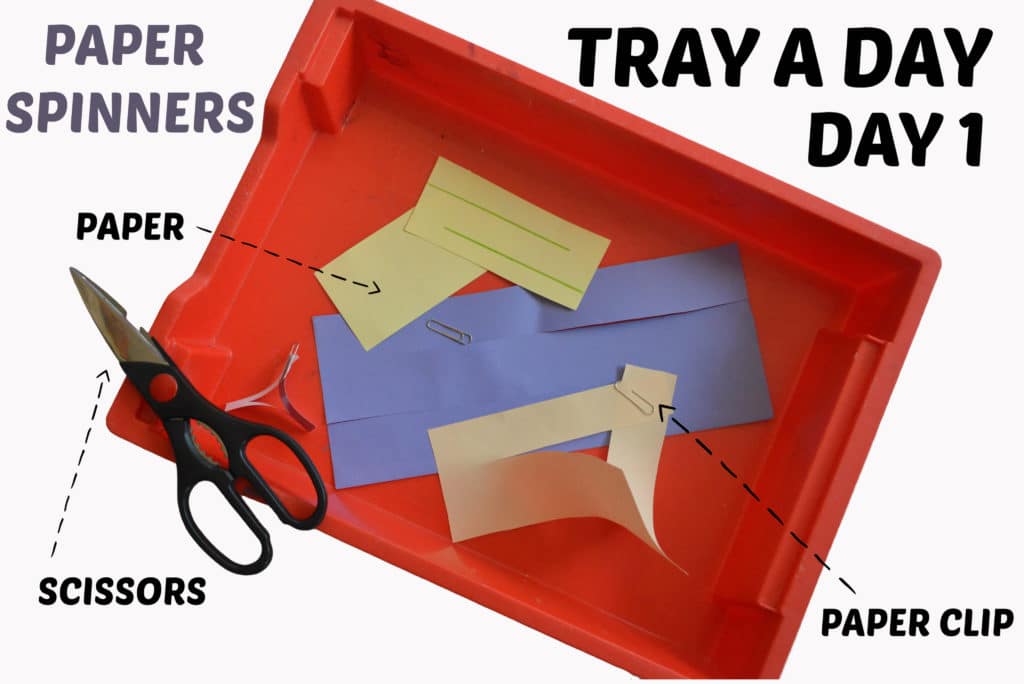
How to Make a Paper Spinner
What you need:
Different types of paper
Paper clips
Scissors
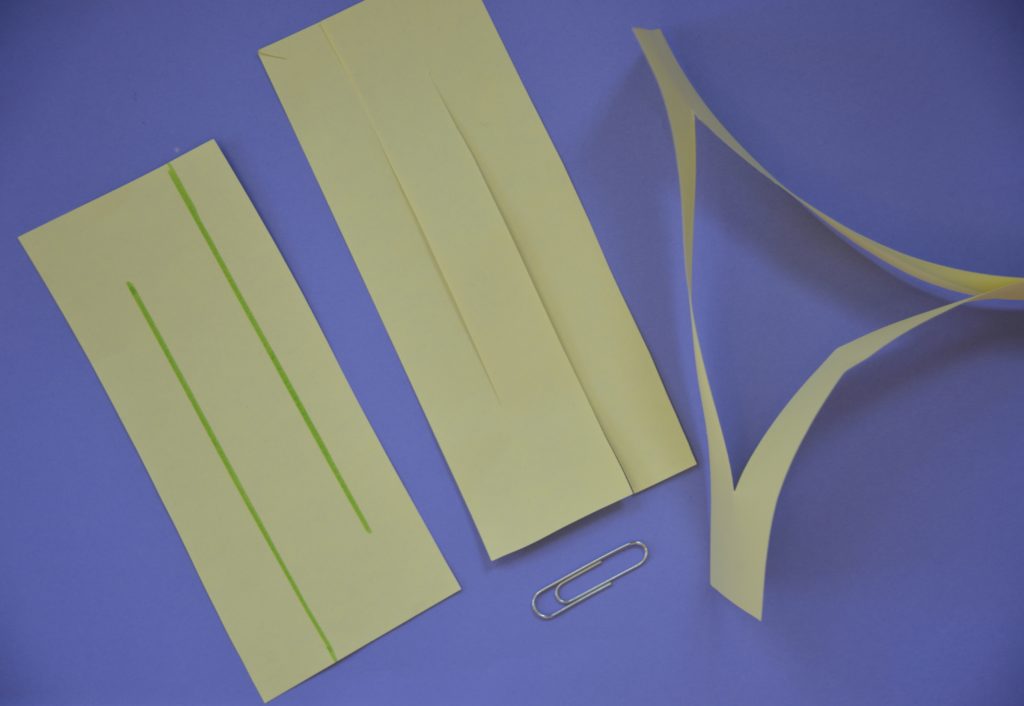
How to make a paper spinner ( or paper helicopter )
Watch the video for instructions for how to make the paper spinners. Or download our easy to follow Paper Spinners instructions.
Hold the top of the spinner between your fingers ( paperclip end down ) and let it fall to the ground, does it spin?
Things to think about
Consider factors that might affect how fast the spinner falls:
- Type of paper
- Number of paper clips
- Size of spinner
- Height dropped from
Paper Spinner Extension Activities
Children can then design a fair test to find out how one factor affects the time the spinner takes to fall. Think about whether to use a timer or drop two spinner at the same time.
Paper Spinner Challenge 1
Try to make the slowest spinner? What do you need to change?
Challenge 2
Did you know astronauts aboard the ISS return to Earth in a capsule? Their descent is slowed down using a parachute, why would a mechanism like our spinners not be a good alternative?
Challenge 3
Ask children to develop a different spinner design.
Learning points
Air Resistance slows moving objects and that when an object falls, air resistance acts in the opposite direction to the weight.
Children should be able to explain the forces acting on the spinner as it falls to the ground (air resistance pushes up and weight of the object pulls down).
Paper Spinner Instructions
Click below to download the instruction sheet.
Paper Spinner Template
Make this activity even easier with our FREE Paper Spinner template.
Suitable for:
Key Stage 1 Science
Working Scientifically
- Asking simple questions and recognising that they can be answered in different ways
- Observing closely, using simple equipment
- Performing simple tests
- Identifying and classifying
- Using their observations and ideas to suggest answers to questions
- Gathering and recording data to help in answering questions.
Upper Key Stage 2 – Forces
More Science for Kids
Try one of our fun forces and motion experiments. Make rockets, slip and slide on the floor and more!
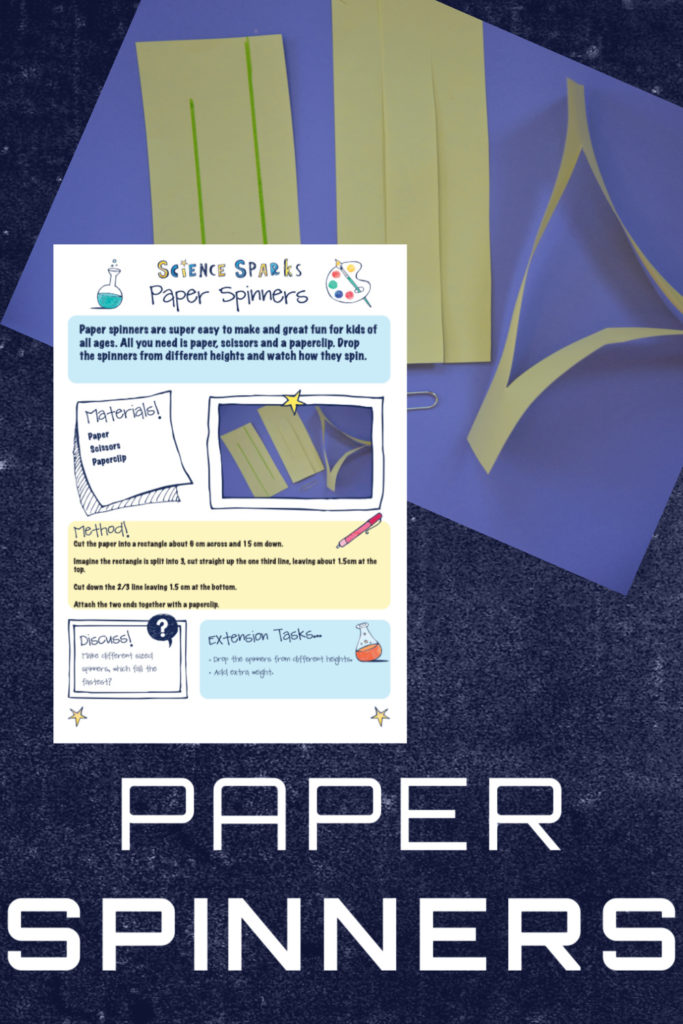
Science concepts
Gravity
Air resistance
Forces
This post was first published in 2016 and updated in 2020.
Affiliate Links
Last Updated on September 8, 2022 by Emma Vanstone

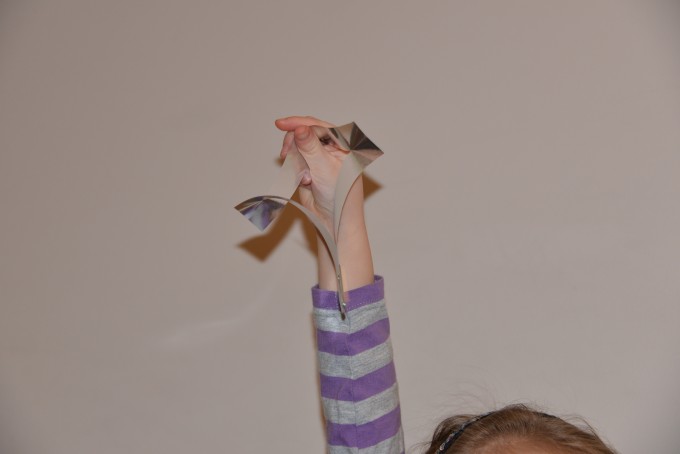
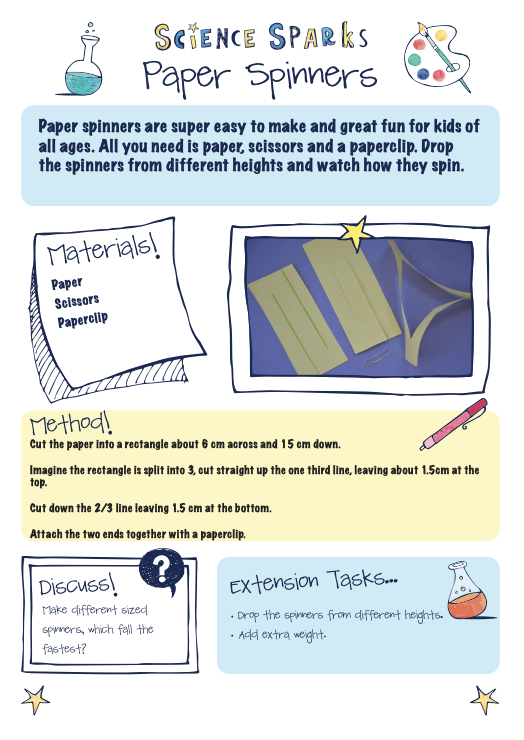
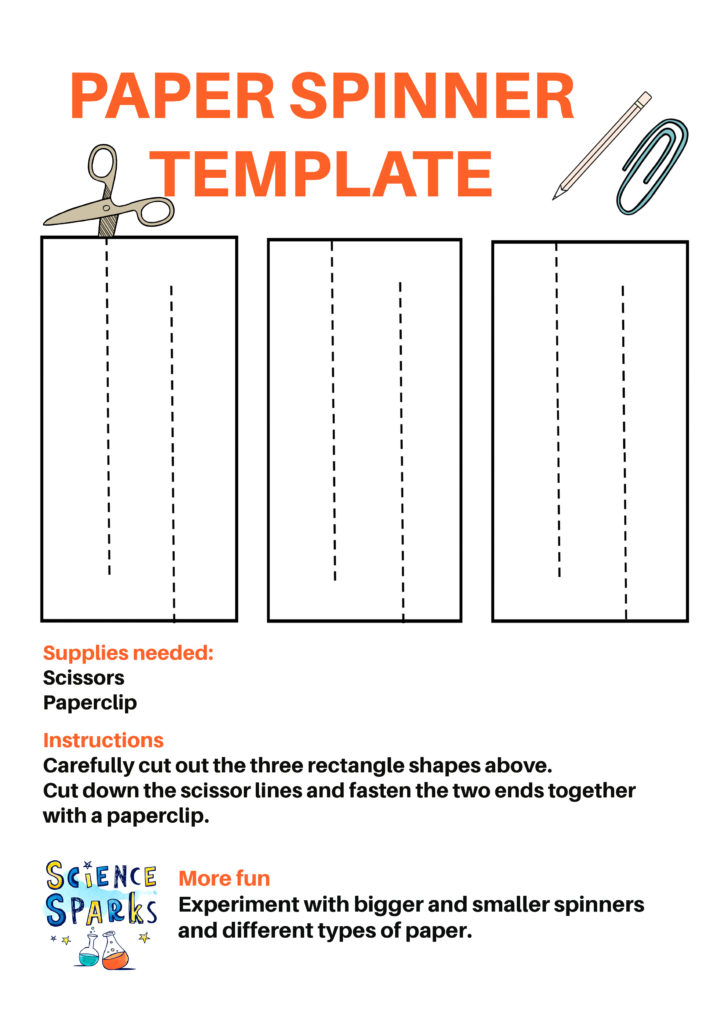
ooh these are very cool..simple too which suits me!
I’ve done this with Year 1. Was a great way of doing a practical investigation tied into the seasonal change aspect of the year 1 science curriculum. We were looking at the seeds and leaves that we’re falling as part of our autumn work and inspired to make our own spinners and investigate how changing them affected how they fell.
Great starter for many experiments and investigations. Important to remember though that weight doe snot affect how fast something falls. The shape of the falling object determines the magnitude of the air resistance so different objects do fall at different speeds. However, if weight is the only difference between the objects, Galileo taught us that they will fall at the same speed.